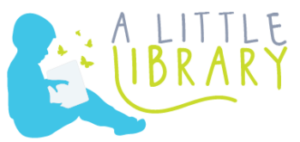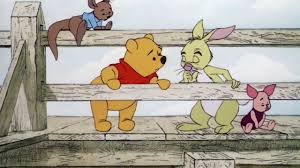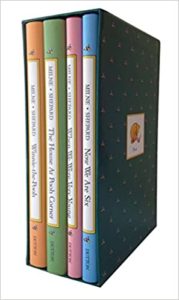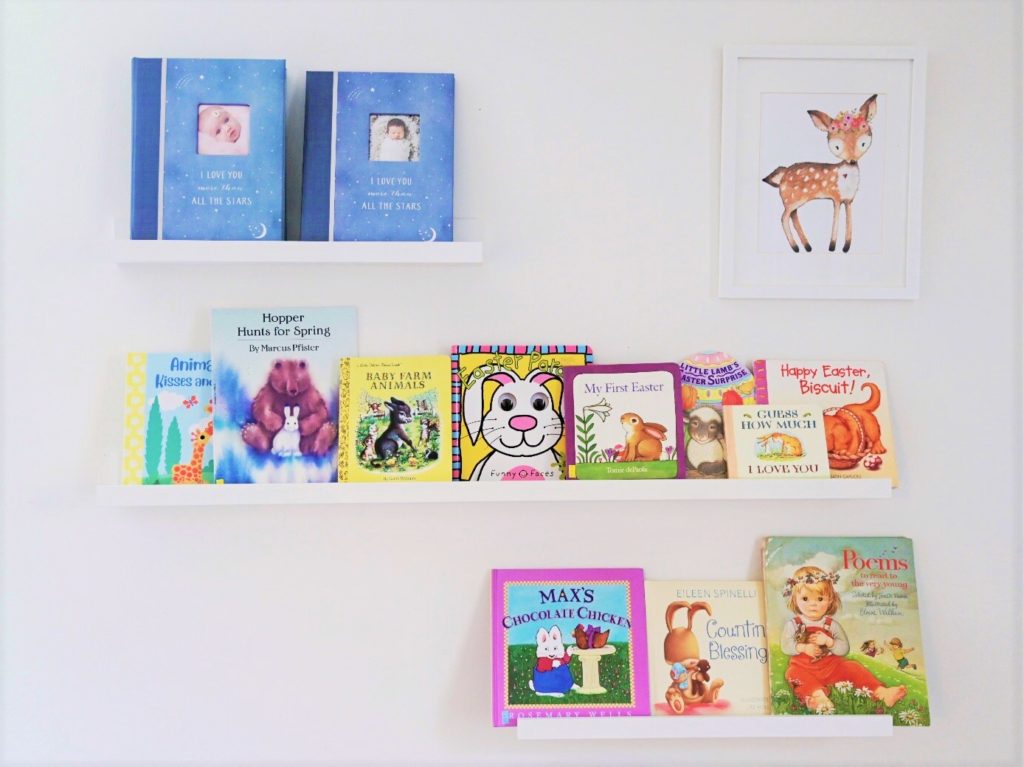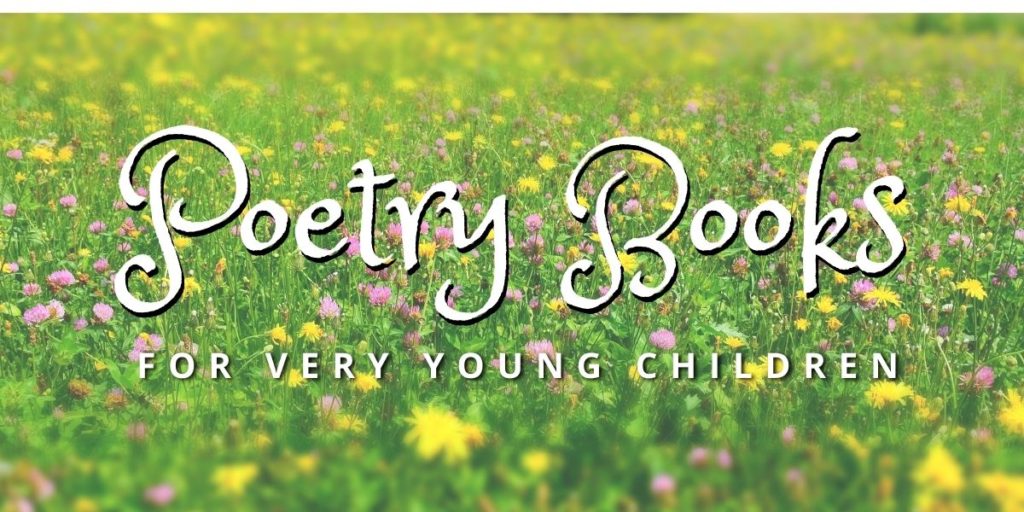Winnie the Pooh, written by A. A. Milne and illustrated by Ernest H. Shepard, is the epitome of what a child’s book should be. The Pooh books have been around for nearly 100 years, and I doubt there are any readers who are unfamiliar with the stories about this sweet bear of little brain and his friends Christopher Robin, Piglet, Owl, Tigger, Rabbit, Kanga, Roo, and gloomy Eeyore. The books have never been out of print since they were first published, and have sold more than 20 million copies in 50 languages. Winnie ill Pu (Latin) was the first children’s book I read in a foreign language in high school.

Milne was inspired to write the books by his son Christopher’s stuffed animals, one of which was a bear. After WWI the Milne family moved from London to the country, and Christopher and his father spent much of their time rambling through their own Woods, often with his various stuffed animals. A collection of the original toys are now held in the New York Public Library in the children’s section.
 Pooh was a licensed character by 1930 and in 1961 the rights were licensed to Walt Disney Productions. There followed TV shows, video games, movies, and amusement park rides, among other things, and Pooh Bear even has a star on the Hollywood Walk of Fame.
Pooh was a licensed character by 1930 and in 1961 the rights were licensed to Walt Disney Productions. There followed TV shows, video games, movies, and amusement park rides, among other things, and Pooh Bear even has a star on the Hollywood Walk of Fame.
Winnie is big business, but to toddlers around the world, he’s the cuddly comforting cozy bear. They know what glum and depressed feels like because of Eeyore. Tigger is bouncy and out-of-bounds, and children know what that feels like too. Each animal has his very own personality, wise or silly, caring or timid, and all are part of the Hundred Acre Wood. When there is a problem, they go to see the sensible and benevolent Christopher Robin, “who lives behind a green door in another part of the forest.”
Although Disney’s versions of Winnie the Pooh in books and movies may be more familiar to young families these days, the original books with their simple watercolor illustrations are the ones that come to my mind and are remembered so fondly even today. The Complete Tales of Winnie-the-Pooh has all the stories and poems about Pooh with their color illustrations. I recently listened to the audiobook dramatized with Judy Dench and Stephen Frye, a truly wonderful experience that took me back to childhood, mine and my children’s, reading these books.
The version we read from when my children were young(er) was Pooh’s Library: Winnie the Pooh, The House at Pooh Corner, When We Were Very Young, and Now We Are Six. In 2017 a classic gift edition of Winnie the Pooh was published which is a replica of the original, and this is my favorite as an adult.
As a child of about age four, I remember my mother saying, “Now close your eyes and imagine this in your mind,” and she would go on to read about Pooh eating too much honey and getting stuck in the doorway. I’m sure I fell asleep while Pooh was waiting to get unstuck.

Nowadays it’s fun for a very young child to look at the many board books which are sturdy and colorful, like Pooh’s Honey Trouble by Sara F. Miller.
I love these books. I respect the simple thread of truth running through them that speaks to us nearly a century on. In the Hundred Acre Wood, friends, however different, help each other and try to be kind. We should endeavor to do the same.
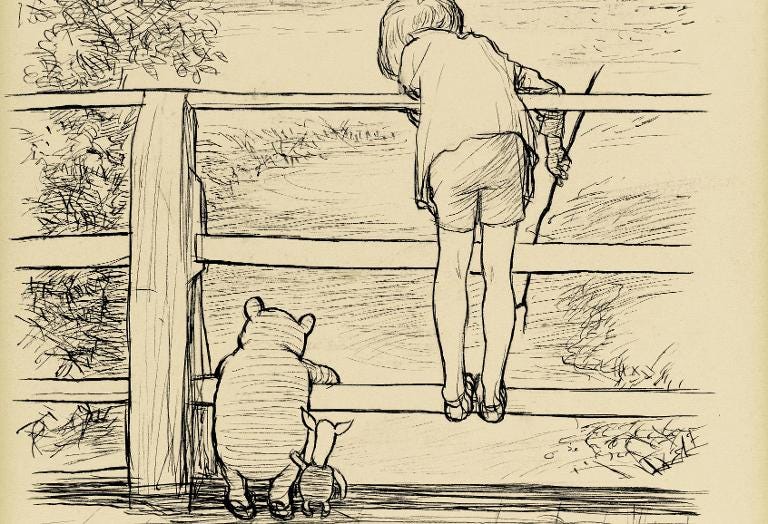
Celebrating Easter and Springtime with Children’s Books
Easter is almost here! Holidays have been lots of fun in our family for the…
Goodnight, Goodnight, Construction Site
A Bedtime Favorite and Book of the Day I was playing some sort of puzzle…
The Best Poetry Books for Very Young Children
National Poetry Month! My babies heard a lot of their first poetry when bathing or…
